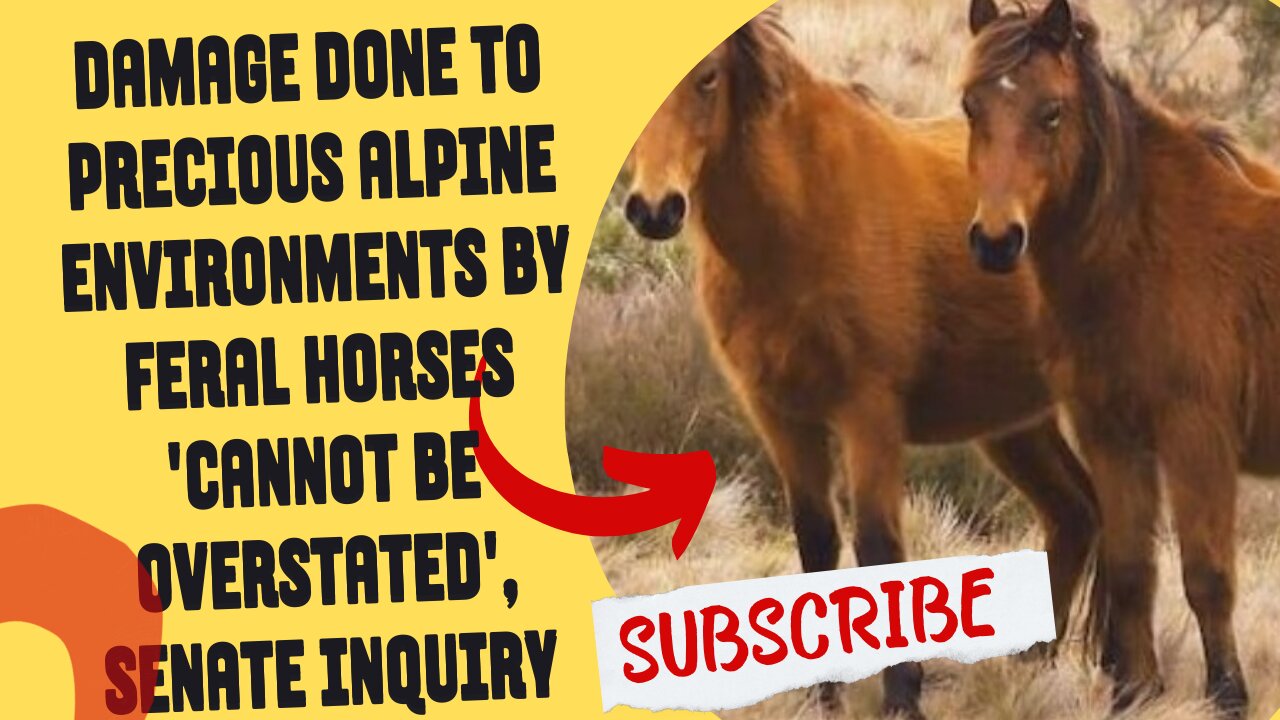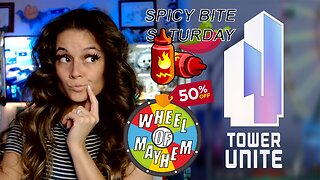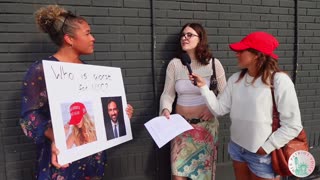Premium Only Content

Damage done to precious alpine environments by feral horses 'cannot be overstated', Senate inquiry
Damage done to precious alpine environments by feral horses 'cannot be overstated', Senate inquiry told
A Senate committee is being urged to take a stronger stance on reducing wild horse numbers in the Australian Alps.
Key points:
The Senate inquiry is examining the impacts and management of feral horses in the Australian Alps
The first public hearing is being held in Canberra's Parliament House today
Witnesses have been called to give evidence including RSPCA Australia and the Australian Conservation Foundation
Fifteen witnesses were called to speak in Canberra's Parliament House today, during the first public hearing of a Senate inquiry.
Most spoke about the damage feral horses had caused to native flora and fauna.
"The scale of ecological destruction cannot be overstated," Nature Conservation Council representative Clancy Barnard told the inquiry.
"We have a choice to make — do we protect native species or allow an introduced feral animal to lead to their destruction?"
The Senate inquiry aims to find the best approach to reduce the population of feral horses, and will examine whether laws implemented by state and territory governments are adequate.
Discussions today often centred on how the species were managed in NSW, where aerial culling is not allowed.
The Australian Veterinary Association cited its support for aerial and ground shooting as a control method, given the large numbers of feral horses in Australia's landscape.
"Techniques which involved mustering, transportation and prolonged handling of the animals contribute significantly to the stress of those animals," Veterinary Conservation and Biology special interest group executive committee member Michael Banyard said.
"The advantages of aerial culling are significant to improve the welfare outcomes of the horses because they shorten the lead-up time for the final event of their death."
This was questioned by Senator Ross Cadell, who asked if shooting a wild horse from a helicopter was humane.
"If I take my horse to one of your members, are they going to take it out the back and chase it in a chopper or are they going to euthanasia it with barbiturates?" he said.
Support for heritage
The impact of feral horses on Indigenous cultural heritage was also explored.
Indigenous Ambassador of the Invasive Species Council Richard Swain told the inquiry feral horses should not be protected.
"It's 2023 and for cultural reasons we're protecting a feral horse in a national park," he said.
"It hurts me, it saddens me and it undoes what we could have been — a nation that had some connection to country."
Wiradjuri man and ANU academic James Blackwell agreed.
"The damage done here affects not just the landscape, but the identity and spirit of every Indigenous person in the region," he told the hearing.
Pro-brumby groups also gave evidence, highlighting the heritage value of the species.
"The Australian brumby is the horse of Australia's history," Marilyn Nuske, from the Brumby Action Group, said.
"Ground and aerial culling is unable to satisfy standard operating procedures.
"Horses gallop, they get frightened, they will bolt. It is an unsuitable method to manage wild living horses."
Kosciuszko cull
The New South Wales government's aim is to reduce the number of wild horses in Kosciuszko from an estimated 18,000 to 3,000 by 2027 by using rehoming, trapping and ground shooting.
-
 2:10:12
2:10:12
Badlands Media
22 hours agoDevolution Power Hour Ep. 383
72.4K41 -
 2:40:10
2:40:10
DLDAfterDark
6 hours ago $0.13 earnedDLD Live! Feat. Red Dawn Readiness! Glock FRT's - Striker Fire Safety Concerns - ACE Trigger
14.7K1 -
 2:40:21
2:40:21
BlackDiamondGunsandGear
5 hours agoAre ALL Striker Fired Pistols UNSAFE? // After Hours Armory
34.6K4 -
 6:34:50
6:34:50
SpartakusLIVE
9 hours ago#1 Saturday Spartoons on RUMBLE PREMIUM
106K7 -
 1:04:59
1:04:59
Man in America
10 hours ago“Summoning the Demon” — The AI Agenda Is FAR WORSE Than We Know w/ Kay Rubacek
41.2K24 -
 2:16:48
2:16:48
Tundra Tactical
8 hours ago $0.08 earned🎯💥 The World’s Okayest Gun Show 🔫😂 | LIVE Tonight on Rumble!
23.9K -
 3:36:03
3:36:03
Mally_Mouse
1 day ago🌶️ 🥵Spicy BITE Saturday!! 🥵🌶️- Let's Play: Tower Unite!
49.1K2 -
 58:59
58:59
MattMorseTV
8 hours ago $1.29 earned🔴Trump just BROKE Newsom.🔴
64.3K80 -
 18:14
18:14
Her Patriot Voice
8 hours agoWho Is WORSE for NYC: Trump Girl or Socialist?
45.8K33 -
 3:39:42
3:39:42
SavageJayGatsby
7 hours agoSpicy Saturday with Mally! | Road to 100 | $300 Weekly Goal for Spicy Bites!
45.7K1